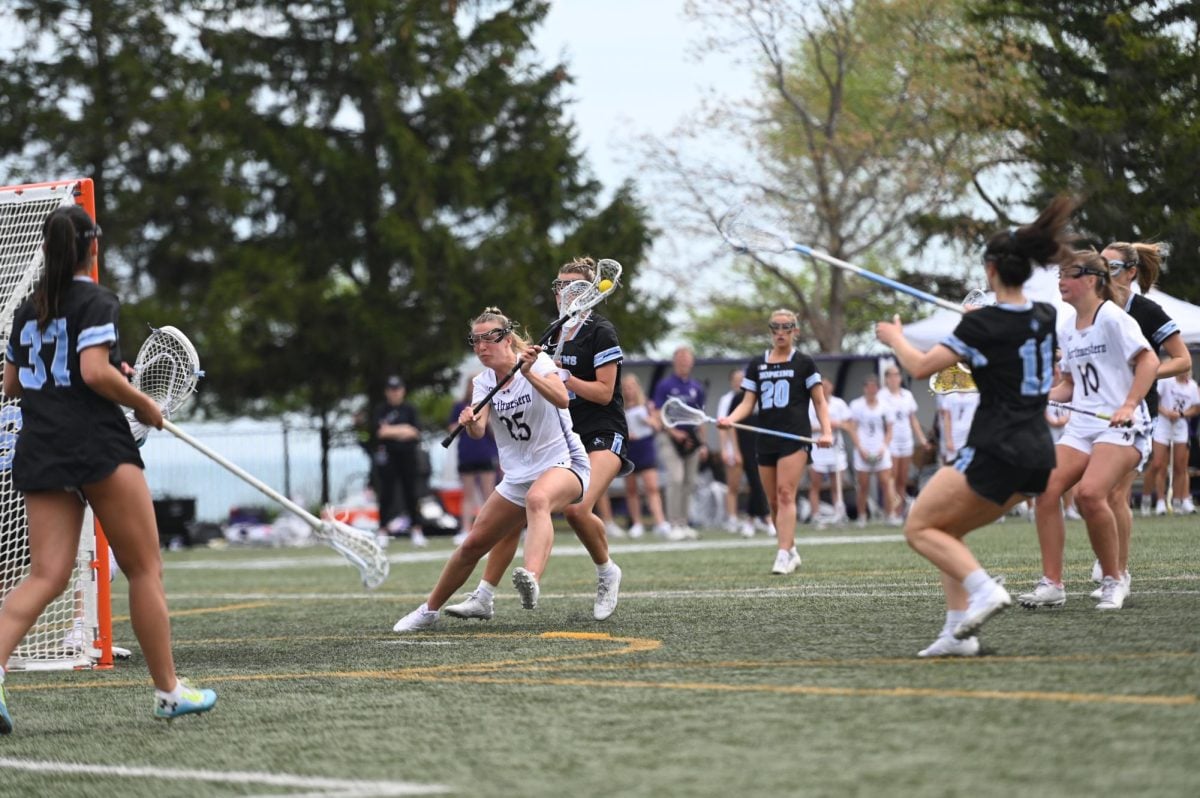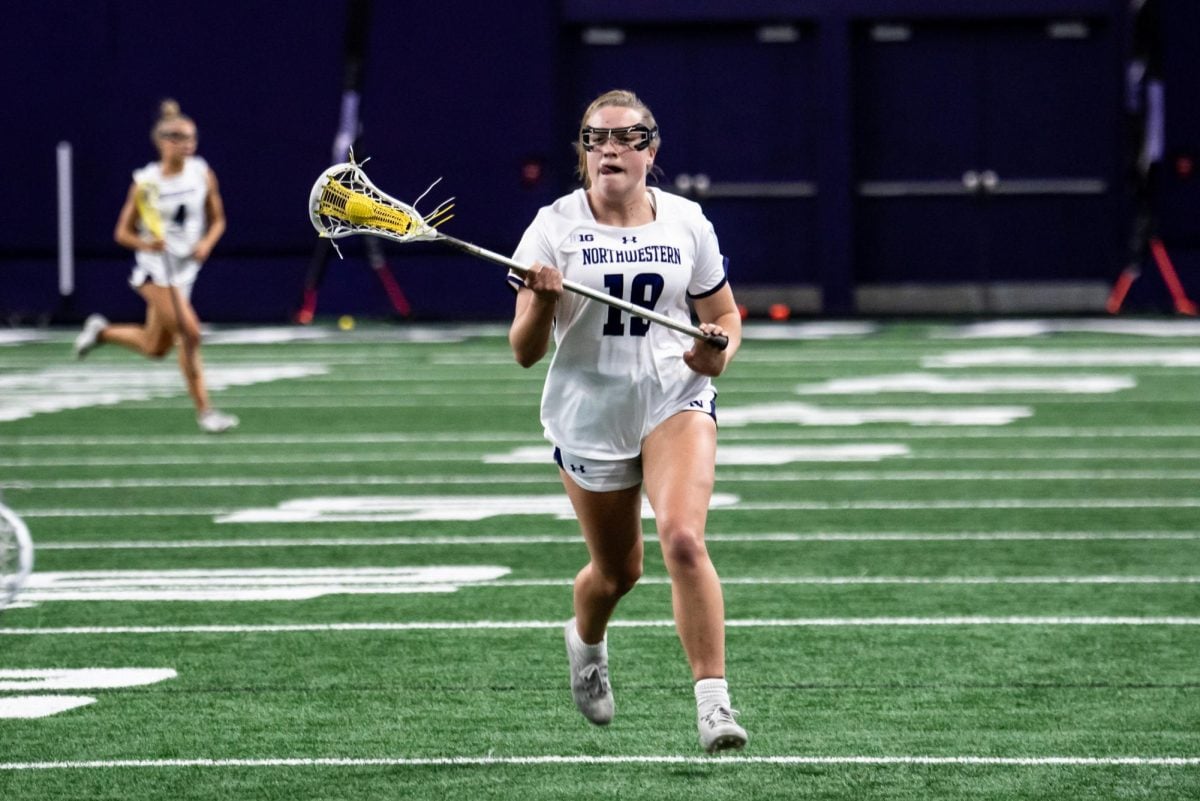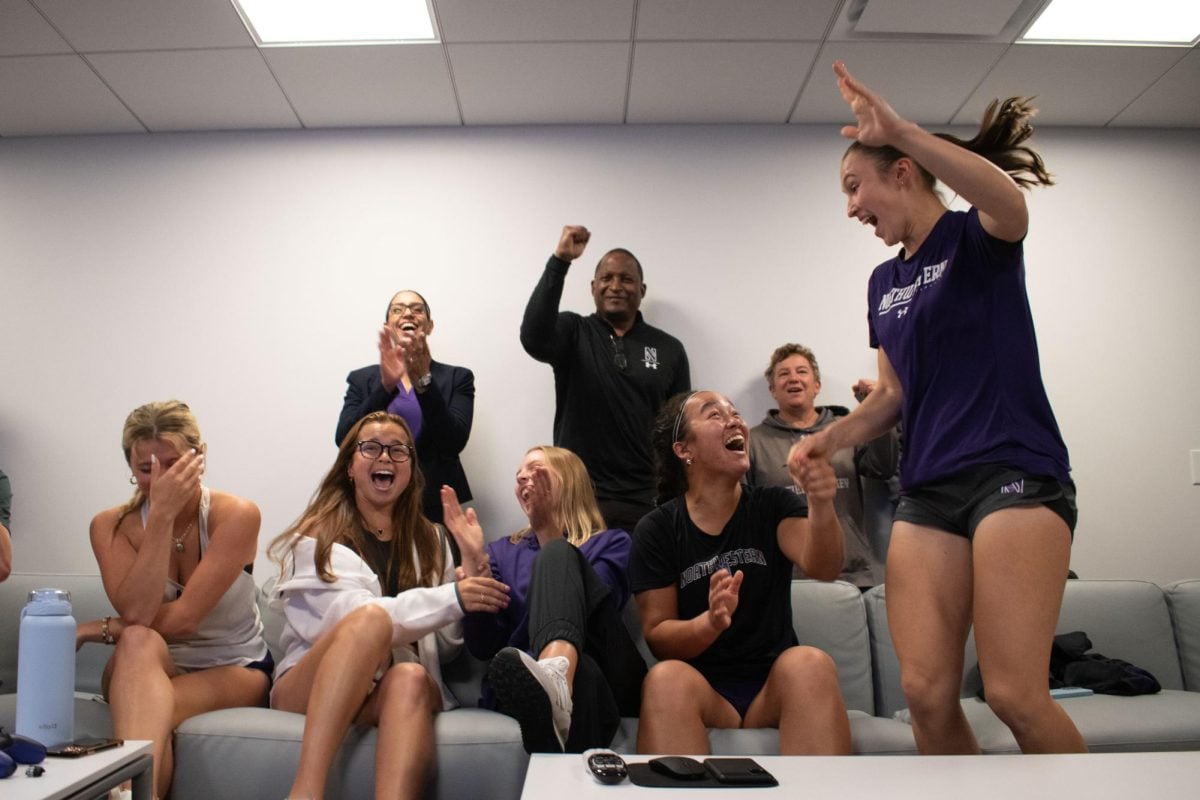Northwestern coach Bill Carmody doles out reserve minutes sparingly. This year NU’s reserves play 25 percent of the team’s total minutes, an increase from last year but well short of the national average of 32 percent, according to Kenpom.com.
Is a short bench a problem for NU? The percentage of minutes played by NU reserves has declined dramatically since the start of the 2009-2010 season. Fewer reserve minutes means starters are asked to do more. A team that doesn’t play its reserves has less to fall back on when starters are injured or get into foul trouble.
While it might solve some problems, having a deeper bench doesn’t always translate into having a better team. Some teams need to play bench players a substantial amount of the game to be successful. NU has a game plan that allows them to be successful with a relatively short bench.
In part, style determines the role a team needs its bench to play. Up-tempo teams typically use more bench players than slow-paced teams. This makes intuitive sense; teams that push the pace end up running more over the course of the game.
This gives a team the possibility of playing its starters for fewer minutes and suggests why NU can do this now, but even at a slow pace, NU teams of the past used more subs than they do today.
The main reason the Wildcats have played their bench less is the quality of the team’s starting lineup has improved. This is shown in the team’s overall performance. From the start of last year through Tuesday’s game, a period in which NU won more than 60 percent of its games, the bench has played about 23 percent of the team’s minutes. Contrast this with the nearly 30 percent of team minutes the bench played in the four seasons prior, when the team struggled with a winning percentage of only 40 percent.
This year’s iteration of the Cats’ bench is, if anything, better than the versions that played more minutes in previous years. Two major bench contributors, Alex Marcotullio and Davide Curletti, have better offensive ratings than those of nearly all the bench players who received more minutes on earlier teams.
The decline in bench minutes isn’t because the bench players have gotten worse, it’s because NU’s starters have gotten better. With better players in front of them, the NU bench has been utilized less. Last year the result of this strategy was one of the best season’s in program history.
Ours isn’t the only team that’s found success with a short bench strategy.
Conference leader Ohio State plays reserves for only 22 percent of the team’s total minutes, second lowest to Penn State.
The standings also show that a bench-heavy strategy doesn’t just happen when a team has good reserves; it also occurs when a team has trouble finding a starting quality player at every position. Iowa and Indiana, currently occupying two of the bottom three spots in the Big Ten standings, play their reserves more than any other Big Ten teams.
Some teams make extensive use of their benches. Some teams win. These aren’t always the same teams.
Erik Peterson is a Weinberg senior. He can be reached at [email protected]







